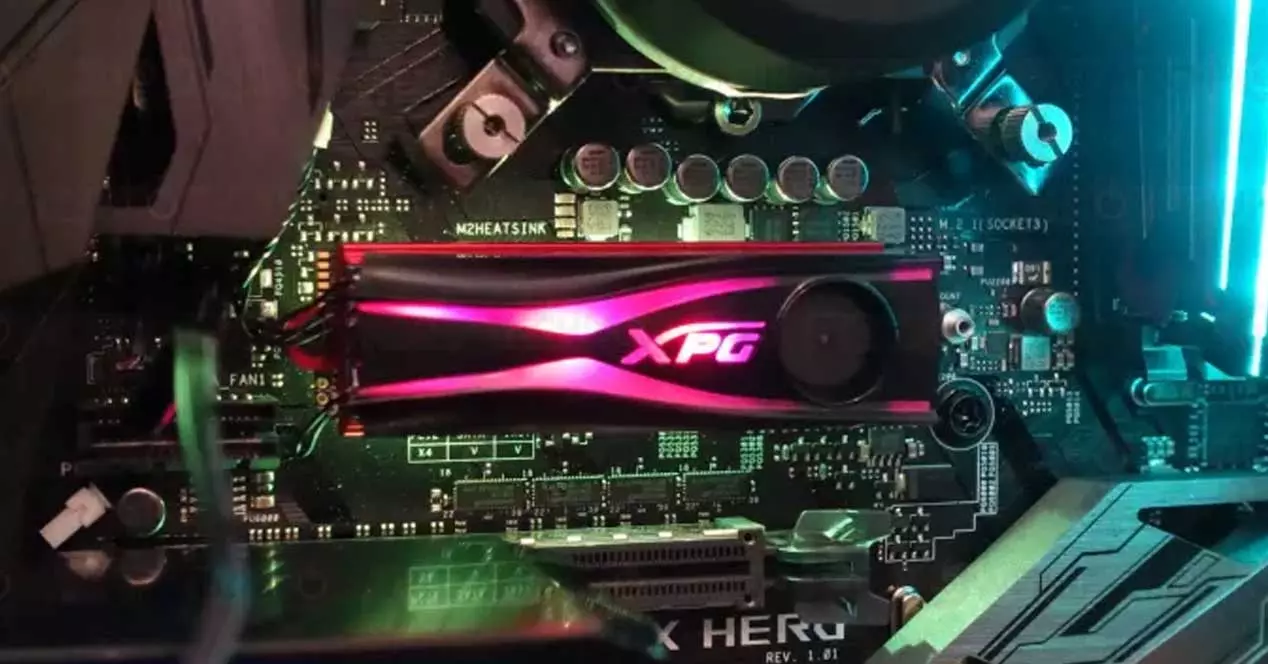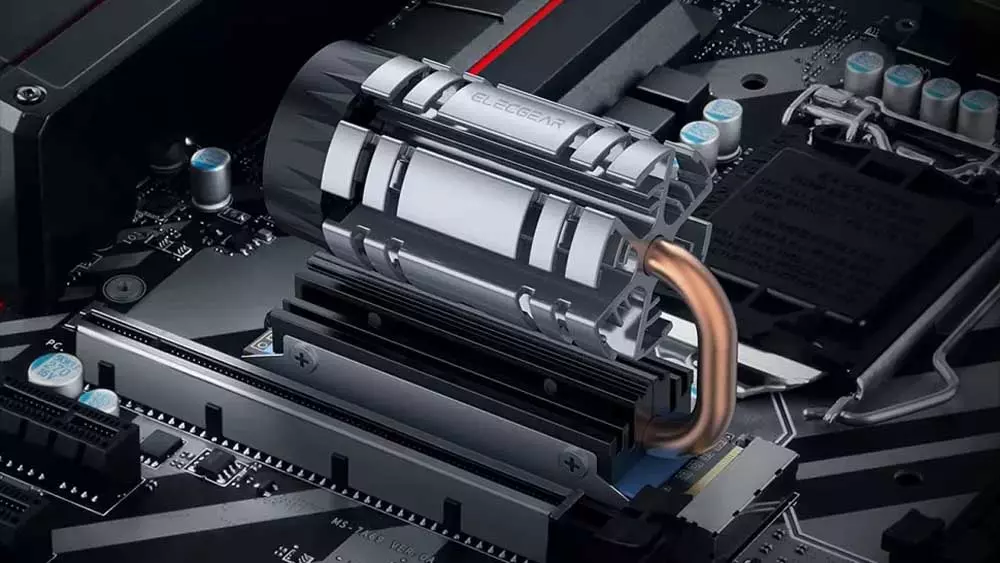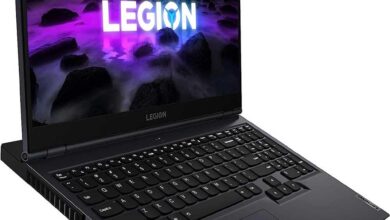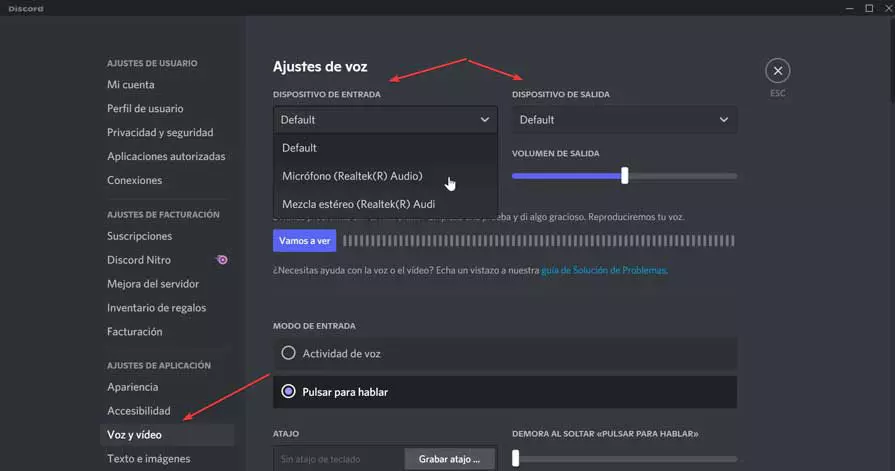
It is undeniable that the SSD Modern devices are increasingly faster and have greater capacity -although they are also more expensive-, and temperature has been a problem for some time, forcing users and manufacturers to use a sink to keep the temperature of the SSD at bay. However, it seems that things will go further with the next generation of PCIe 5.0 SSDand the manufacturer Philson has stated that the active cooling it will be practically obligatory… to what extent is this true?
Many modern and especially high-end SSDs require a heatsink; the difference with what Phison now tells us is that in the vast majority of cases, a passive heatsink is more than enough, while the famous manufacturer of SSD controllers now says that we will need active cooling, which means using a heatsink with a fan to help evacuate heat more effectively.
Heatsink with fan for PCIe 5.0 SSDs, why?
The exact words of Sebastien Jean, CTO of Phison, were the following (own translation): “There are a lot of things we’re working on to keep SSD consumption at bay, but one thing is for sure, and that’s for sure: SSDs are going to get hotter and hotter, just like CPUs and GPUs did in the ’90s. and when we move from Gen5 to Gen6, we will be forced to consider active cooling.”
One of the main reasons that Phison explains for this fact is that as the SSDs have greater performance and capacity, they are necessary SSD controllers more complex and therefore get hotter, especially due to their error correction systems that increasingly have to adopt algorithms that require more computing power (and when a chip is calculating you already know that it gets hot, in exactly the same way what happens to the PC processor).
Most of our readers will know that a processor or graphics card can work at quite high temperatures, around 100ºC, without degradation or problems. The same happens with the SSD controller, which in this case is capable of withstanding temperatures of up to 120ºC without problems, but where there are problems is that if the controller reaches these temperatures it will also heat the surrounding chips, that is, the chips of NAND memory, and these only support up to 70ºC until the protocol of Thermal Throttlinga safety mechanism that reduces the performance of the SSD to keep the temperature at bearable levels.
Thus, everything we have told you so far means that it is necessary to use some method to keep the operating temperature of modern SSDs at bay, at least if we want them to be kept at a temperature that does not cause degradation in both their integrity and performance. And, if Phison has said that active cooling will be necessary, it is because they have already verified that with the passive heatsinks that are used right now in PCIe 4.0 SSDs it is not enough, and it will be necessary to introduce a fan that helps move the air to encourage more effective cooling.
Some manufacturers, in fact, have already begun to launch active heatsinks for SSDs, such as the one from Elecgear that you can see in the image above or the one from XPG (ADATA) that you may have already seen in the cover image. The problem is that these heatsinks require connecting the fan to the motherboard (as if it were a case fan), although if it finally becomes imperative to use active cooling on SSDs, we will most likely see models that already take the necessary energy from the connector itself. Of the device.




